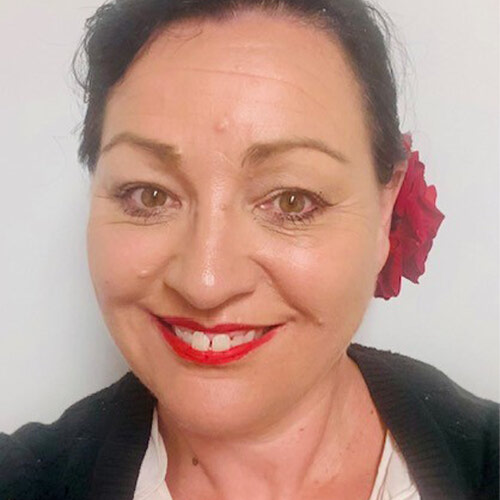|
|
|
Title: A Novel Qualitative Study: Using Creative Arts Based Research in Paramedicine Lisa Hobbs 1 2, Rebecca Scollen 3, Beata Batorowicz 3, Scott Devenish 1 1. Australian Catholic University, Brisbane, QLD, Australia 2. University of Southern Queensland, Ipswich, QLD, Australia 3. University of Southern Queensland, Toowoomba, QLD, Australia Introduction: Paramedic research is growing rapidly and has significantly evolved over the past three decades. While early studies predominantly emphasized clinical care, technical skills, and pharmacology, there is now an increasing focus on paramedic education and continuing professional development (CPD). The profession's technical origins largely account for its traditional reliance on quantitative and positivist methodologies. However, qualitative and mixed methods research are becoming more widely accepted. One emerging methodology in paramedic research is Creative Arts-Based Research (CABR), which has been successfully employed in STEMM disciplines and is now being introduced to paramedicine. Objective: This PhD study adopts CABR to explore the narratives and lived experiences of women working in Australian paramedicine. It aims to illuminate their roles in a historically male-dominated profession and investigate evolving gender dynamics within paramedic culture. CABR offers an effective avenue for examining sensitive or complex issues, particularly when participants find it challenging to express their experiences through conventional means. Methods: An anonymous online survey was used to gather data on the perceptions and experiences of female paramedics regarding workplace opportunities and challenges. These initial findings were then expanded through qualitative methods and CABR, allowing for a deeper, more nuanced exploration of participants' experiences. Results: Preliminary findings reveal that women often feel silenced on topics such as gender disparities in career progression, hidden costs of flexible work, workplace sexual harassment and assault, unsupportive organizational policies, and gender-specific challenges in operational environments. Through CABR, participants collaborated in the creation of artworks that articulate these hidden realities, fostering empowerment and self-expression. Conclusion: This is the first known study to apply CABR in paramedicine. It offers novel insights into gendered experiences, contributes to closing gaps in the literature, and has the potential to inform organizational change while introducing a new interdisciplinary research approach to the profession. |
Lisa Hobbs is a registered paramedic, academic, researcher, and visual artist with over two decades of experience in paramedicine. She currently serves as a Senior Lecturer in Paramedicine at the Australian Catholic University (ACU) and as an Adjunct


